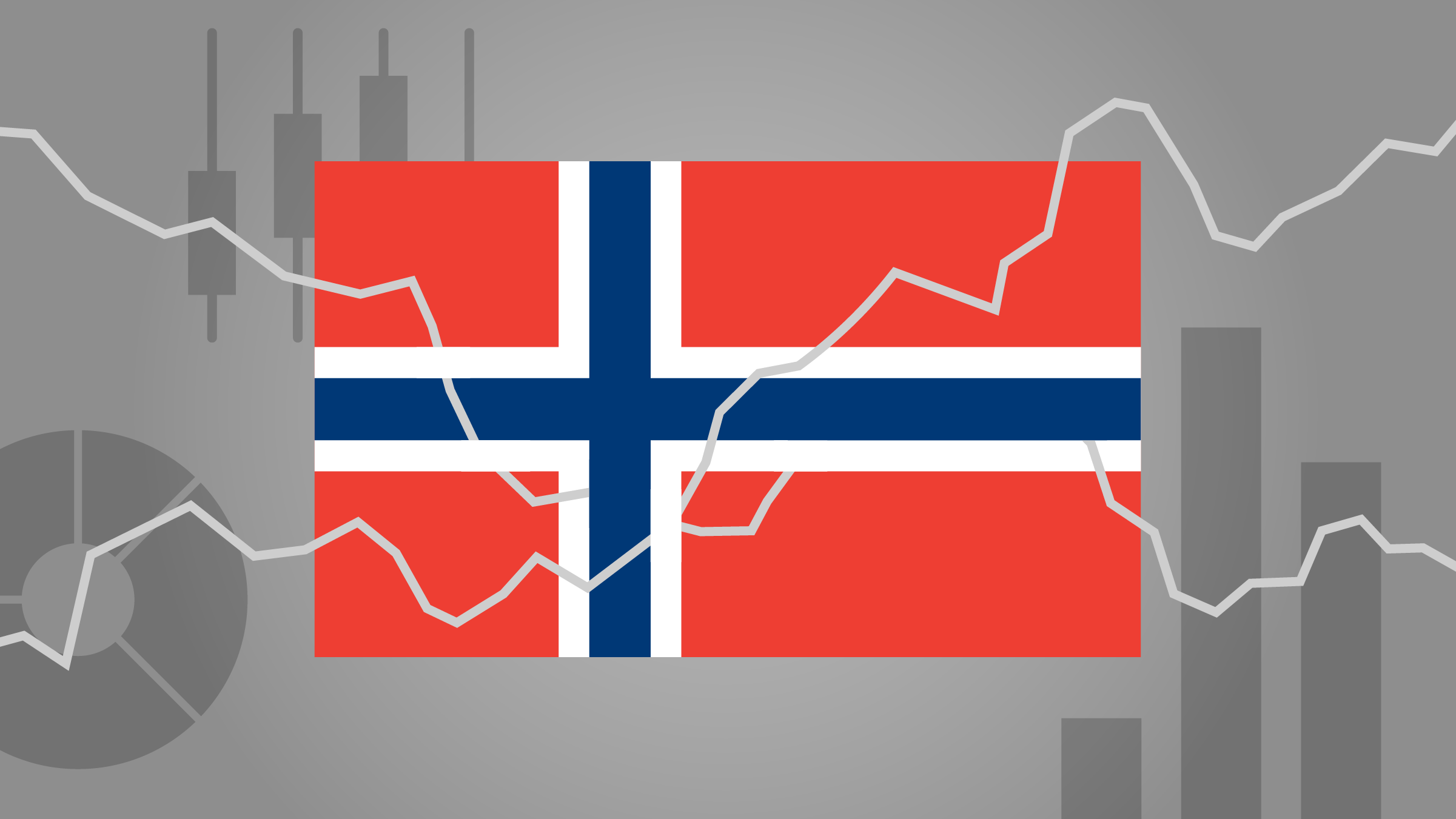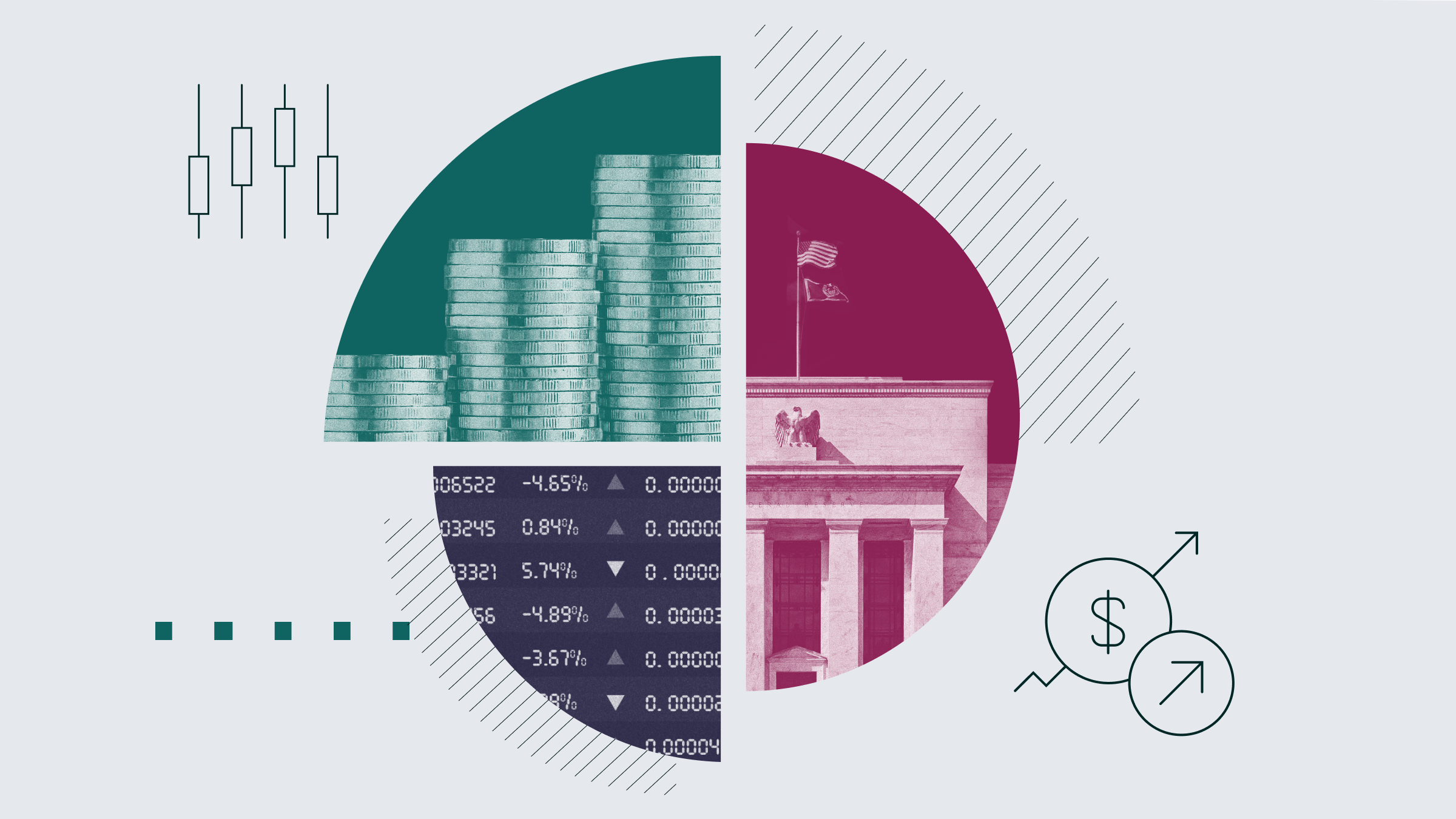Dave Sekera: It has been an unprecedented seven years since the Fed lowered the federal-funds rate to its current zero interest-rate policy. While economic growth has been generally lackluster since the recession ended 25 quarters ago, there have only been two quarters of negative real GDP growth, and unemployment has dropped from 10% to 5%. Thus far this year, GDP has risen at an average rate of approximately 2.25% and the monthly increase in payrolls has averaged over 200,000 per month. Wage growth has also finally started to pick up, rising 2.6% this year. For 2016, we expect U.S. GDP growth will expand at a pace of 2% to 2.5%. With the credit crisis well behind us, unemployment declining to its long-run central tendency, and positive economic growth ahead of us, this backdrop should be sufficient to persuade the Fed to begin raising short-term rates this month.
Based upon recent commentary from Fed Chair Janet Yellen last week and Vice Chairman Fischer two weeks ago, the Fed has signaled it is primed to raise rates in December. However, the Fed has also let the markets know that the rate of further future increases will be exceedingly slow. For now, it appears the most likely near-term outcome will be "one and done."
In the near term, the impact on corporate bonds from a quarter-point increase in the fed-funds rate will be minimal. While long-term interest rates should begin to move higher as monetary policy normalizes, the potential rate of increase in the short term will be moderated by several factors.
We have noted throughout the year the strong demand for U.S.-dollar-denominated fixed-income securities from foreign investors. Foreign investors are attracted by the higher yield U.S. fixed-income securities provide, and the steadily appreciating value of the U.S. dollar.
Currently, the average spread of the Morningstar Corporate Bond Index is 158 basis points over Treasuries. Excluding the extremes of the credit crisis, this level is in line with its long-term historical average. However, with commodity prices at multiyear lows the spread of the Bank of America Merrill Lynch High Yield Index is 637 basis points, which is about 100 basis points wider than its historical average. As such, with credit spreads either near, or wider than, their historical averages, our expectation for modest economic growth in the U.S., and underlying demand from international investors, these factors will constrain credit spreads from widening abruptly.

















